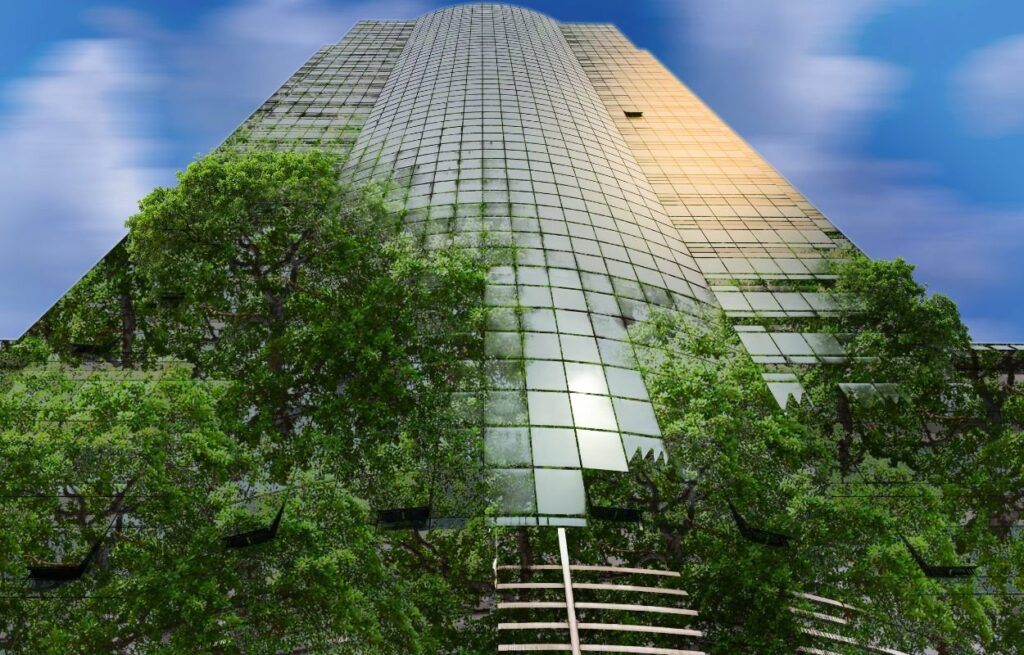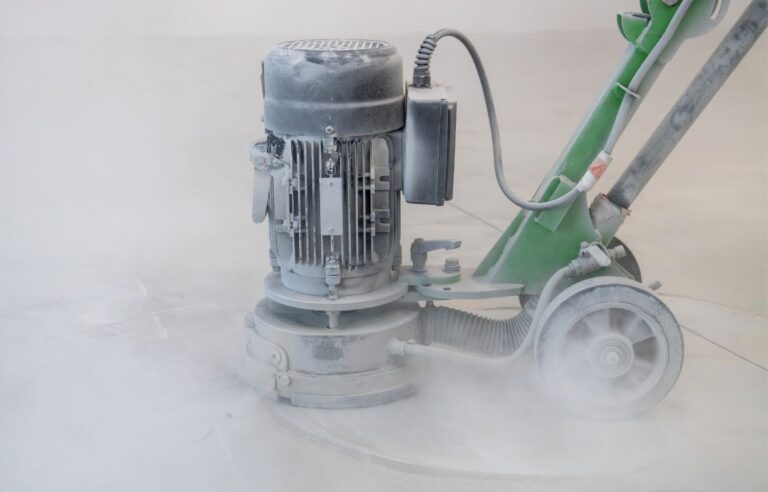
When you hear the word “demolition,” you might picture bulldozers smashing into buildings and clouds of dust rising into the sky. But what if I told you that demolition doesn’t have to be wasteful or harmful to the environment? In Nanaimo, more and more people are turning to sustainable demolition practices to minimize waste, protect natural resources, and make way for new construction in an eco-friendly way.
WHAT IS SUSTAINABLE DEMOLITION?
Sustainable demolition, also known as deconstruction, is all about tearing down buildings while salvaging as much material as possible. Instead of sending everything to the landfill, workers carefully dismantle structures to recover wood, metal, concrete, and other reusable materials. These materials can then be repurposed, recycled, or donated, reducing the overall environmental impact.
Traditional demolition methods generate tons of waste that often end up in landfills. But with sustainable demolition in Nanaimo, we can keep valuable resources in circulation and reduce the demand for new raw materials. This approach is not only better for the planet but can also save homeowners and businesses money in the long run.
WHY CHOOSE SUSTAINABLE DEMOLITION IN NANAIMO?
If you’re planning to tear down an old building or renovate your property, sustainable demolition is the way to go. Here’s why more people in Nanaimo are choosing this eco-friendly option:
It Reduces Waste
A big part of sustainable demolition is keeping as much material as possible out of the landfill. Many building materials, like wood, bricks, and metal, can be reused or recycled. Salvaging these materials means less waste and less strain on local disposal sites.
It Saves Valuable Resources
When materials get a second life, fewer new resources need to be extracted from the earth. Mining, logging, and manufacturing all take a toll on the environment, consuming energy and producing pollution. Sustainable demolition helps cut down on these impacts by reusing materials instead of always making new ones.
It Can Save You Money
Yes, sustainable demolition can be more cost-effective than traditional methods! Selling or donating salvaged materials can offset demolition costs. Plus, many recycling facilities and second-hand building supply stores in Nanaimo accept used materials, making it easier to find a home for them.
It’s Better for the Community
By choosing sustainable demolition, you’re helping to create a circular economy where materials stay in use instead of being discarded. Local businesses that specialize in salvaging and repurposing materials benefit from this approach, creating jobs and keeping valuable resources within the community.
HOW DOES SUSTAINABLE DEMOLITION WORK?
Sustainable demolition isn’t just about knocking things down—it’s a careful and thoughtful process. Here’s how it typically works:
Site Assessment and Planning
Before anything comes down, professionals assess the building to determine what materials can be salvaged. This step ensures that as much as possible is recovered and put to good use.
Dismantling and Sorting
Instead of tearing everything apart in one go, crews take apart buildings piece by piece. Materials are sorted into different categories—wood, metal, concrete, glass—so they can be properly reused or recycled.
Recycling and Repurposing
Once materials are sorted, they are sent to the right places. Wood might be turned into flooring or furniture, concrete can be crushed and reused in construction projects, and metal can be melted down and repurposed.
Safe Disposal of Hazardous Materials
Older buildings sometimes contain hazardous materials like asbestos or lead-based paint. Sustainable demolition ensures these materials are handled safely and disposed of properly, protecting both workers and the environment.
What Materials Can Be Salvaged?
You’d be surprised at how many materials can be saved from demolition projects! Here are some of the most commonly salvaged materials:
Wood: Beams, doors, flooring, and cabinets can often be reused.
Metal: Copper, steel, and aluminum can be recycled and used in new products.
Concrete: Crushed concrete can be used for new construction projects.
Bricks: These can be cleaned and reused in landscaping or building projects.
Windows and Doors: Many of these can be repurposed or resold.
Fixtures: Sinks, bathtubs, and light fixtures can be reused in new homes or renovations.
HOW TO FIND SUSTAINABLE DEMOLITION SERVICES IN NANAIMO
If you’re ready to tear down a building the eco-friendly way, you’ll need the right professionals for the job. Look for demolition companies in Nanaimo that specialize in sustainable practices. Ask about their process, what materials they salvage, and how they handle waste.
Local recycling centers and salvage yards can also be great resources. Some may even offer to pick up reusable materials from your demolition site, saving you time and effort.
WHAT YOU CAN DO AS A HOMEOWNER OR BUSINESS OWNER
If you’re planning a demolition or renovation, you can take steps to make it more sustainable:
Work with a sustainable demolition company: Choose professionals who prioritize recycling and repurposing materials.
Donate usable materials: Instead of tossing old doors, cabinets, or flooring, consider donating them to local organizations or resale shops.
Plan ahead: If you know a demolition is coming, take time to identify which materials can be saved.
Spread the word: Encourage others in Nanaimo to consider sustainable demolition when tackling renovation projects.
THE FUTURE OF DEMOLITION IN NANAIMO
Sustainable demolition in Nanaimo isn’t just a trend—it’s the future. As more people become aware of the environmental impact of traditional demolition, the demand for greener alternatives will only grow. By embracing deconstruction and recycling, we can build a more sustainable community, one project at a time.
Whether you’re tearing down a house, renovating a commercial space, or simply looking for ways to reduce waste, sustainable demolition is a smart and responsible choice. Let’s keep Nanaimo green by making demolition about more than just destruction—it’s about building a better future.





